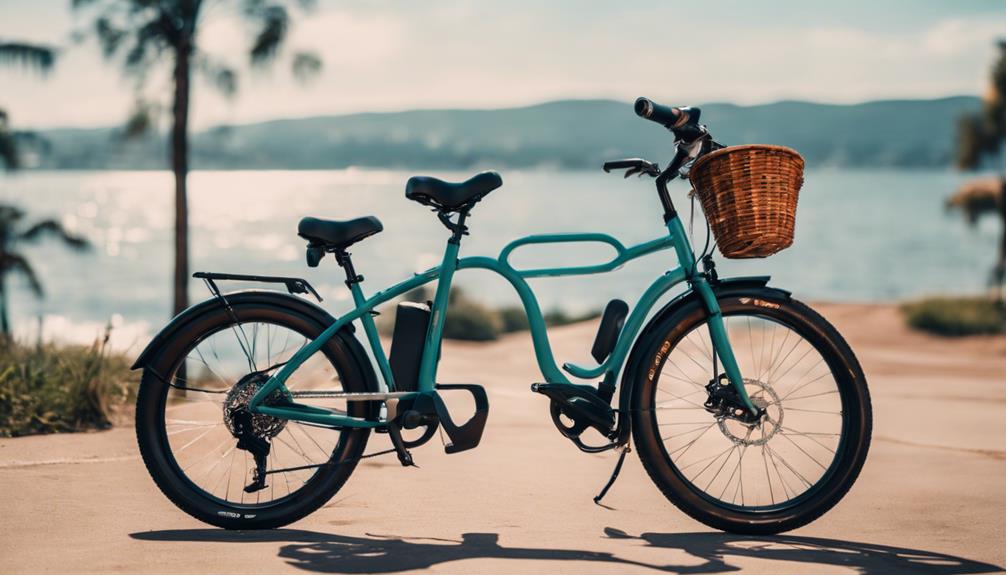In the world of cycling, ownership of bikes can be a nuanced topic. Whether you’re part of a cycling community, borrowing a bike from a friend, or trying to understand the implications of bike rentals, the question “Whose bikes are they?” often arises. In this blog post, we will explore the various aspects of bike ownership, from personal possession to rental agreements, and delve into the responsibilities and rights associated with each scenario.
The Basics of Bike Ownership
When we talk about bike ownership, we typically refer to the legal right to possess and use a bicycle. Ownership can be straightforward if you’ve purchased a bike with your money. However, the situation becomes more complex when considering borrowed bikes, family-owned bikes, or even bikes obtained through rental services. Understanding these nuances is essential for anyone involved in cycling.
Personal vs. Shared Ownership
In many cycling communities, bikes are shared among friends or family members. This leads to questions about shared ownership. For example, if a bike is purchased by a parent but used regularly by a child, whose bike is it? The answer may vary depending on the context and the agreements in place. Establishing clear ownership can help avoid misunderstandings and conflicts, especially in households with multiple cyclists.
Rental Bikes: Terms and Conditions
When you rent a bike, the ownership remains with the rental company, but the user has specific rights and responsibilities during the rental period. Rental agreements usually outline what is expected of the renter, including care for the bike, return conditions, and liability for damages. It’s important to read these agreements carefully to understand what you can and cannot do with the rental bike, thus clarifying “Whose bikes are they?” in this context.
Borrowing Bikes: Etiquette and Responsibilities
Borrowing a bike from a friend or family member can be a great way to enjoy cycling without the commitment of ownership. However, it’s crucial to approach this scenario with respect and responsibility. Always ask for permission before borrowing someone’s bike, and be mindful of how you treat it. If the bike gets damaged, it’s courteous to offer to pay for repairs or replacement. This consideration helps maintain trust and respect in your relationships.
Legal Implications of Bike Ownership
Understanding the legal aspects of bike ownership can help clarify the question of “Whose bikes are they?” In many jurisdictions, bikes are considered personal property, and ownership can be proven through receipts, registration, or even serial numbers. In cases of theft, having proof of ownership can be crucial for recovery. Additionally, legal responsibilities such as insurance and liability for accidents can impact ownership discussions, especially if the bike is involved in an incident.
Community Bikes and Public Ownership
Many cities have embraced community bike programs, where bikes are available for public use. This raises the question of public ownership versus individual use. In these programs, bikes are typically owned by the city or a non-profit organization, but they are available for anyone to use. Understanding the rules surrounding these bikes—such as where they can be parked and how they should be treated—is essential for users to avoid misunderstandings and maintain the program’s integrity.
Maintaining Your Bike: Responsibilities of Ownership
If you own a bike, you have responsibilities to ensure it remains in good condition. Regular maintenance, such as tire inflation, brake checks, and chain lubrication, is crucial for safe cycling. Additionally, understanding how to properly lock your bike can prevent theft, protecting your investment. For those who borrow or rent bikes, it’s equally important to treat these bikes with care, as this respect extends the life of the bike and ensures a better experience for future users.
Conclusion: Defining Ownership in Cycling
The question “Whose bikes are they?” encompasses a range of scenarios and responsibilities, from personal ownership to community use. Understanding the nuances of bike ownership can enhance your cycling experience and foster better relationships within your community. Whether you’re a bike owner, a borrower, or a renter, recognizing your rights and responsibilities is crucial for enjoying the joys of cycling while respecting the property of others.
In conclusion, the topic of bike ownership is multifaceted, involving personal, shared, and public elements. By navigating these aspects thoughtfully, cyclists can create a more harmonious and enjoyable environment for everyone involved. So the next time you find yourself asking, “Whose bikes are they?” remember the layers of context that come with each situation. Happy cycling!
